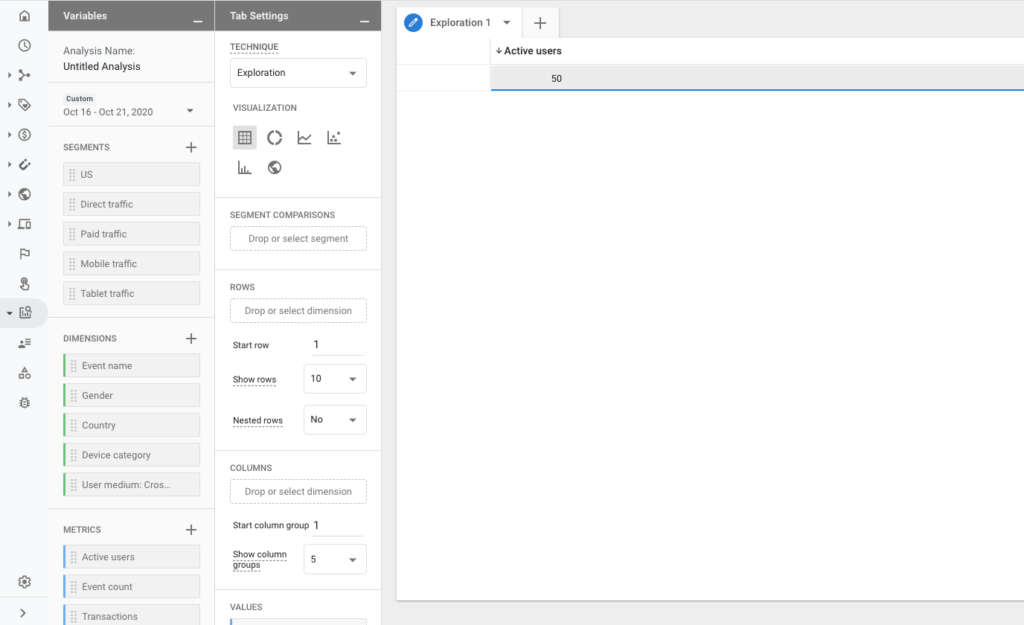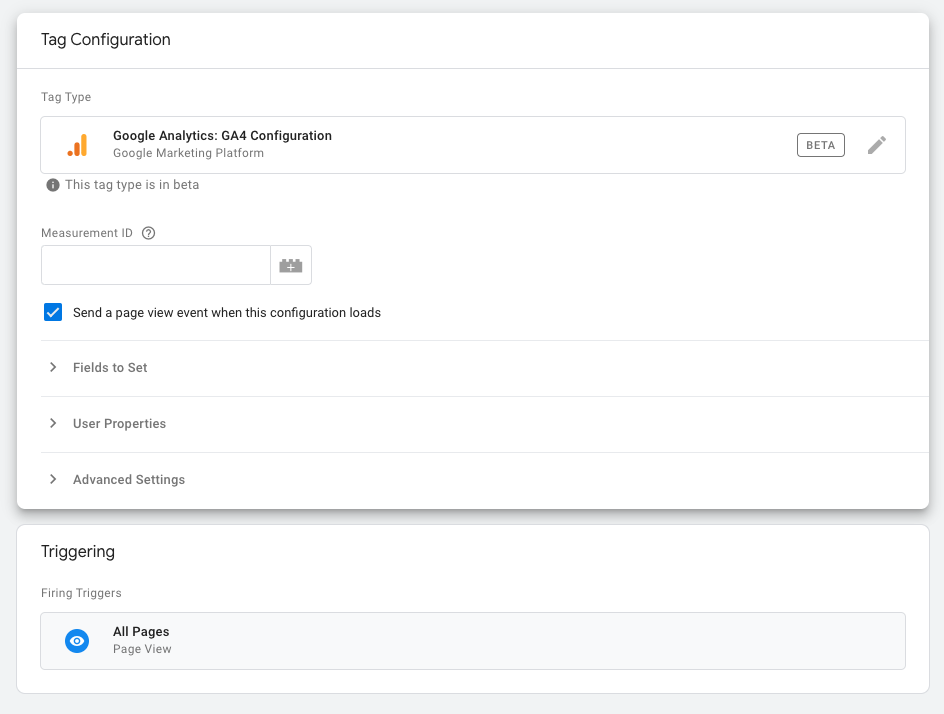
Google Analytics 4 Is Here
October 27, 2020 - Solution

October 27, 2020 - Solution
If you, like many of us, have been overwhelmed with a cacophony of news you may have missed a little announcement from the Google Team this month. On October 14th, Google rolled out its shiny new analytics platform christened Analytics 4. Or GA4 as you will soon be viewing it in your properties. This latest iteration of their product is merging websites and applications together. Thus allowing for greater tracking across all devices and browsers.
“We think we’ve built the best version of Analytics yet. And, it represents the future of our platform.”
Sara Radin | Global Head of Analytics & Measurement Platforms
As a Google Partner, we were able to take a deep dive into their fancy new setup and have gathered up all the big takeaways just for you.
Insights:
It comes as no surprise that the new platform has been based around machine learning. If you’ve renewed your certifications recently you may have noticed they are pushing for responsive ads and their performance planner (both AI based). This time around, Google is promising better and faster insights. What this means is a fancy new dashboard with lots of recommendations or Automated Insights. It alerts you when significant changes impact your metrics and then populates them right onto your home screen. Now you won’t have to go digging for any massive swings or alarming changes. Seems pretty useful, right?
Google also took a sledge hammer to the left navigation. It is now much more simplified and focuses heavily on the customer life cycle. Their goal is to get you to your reports more quickly and efficiently.
One stand out in the new nav is the ‘Analysis’ segment. In here you can really drill down into certain metrics. It seems with this feature Google has basically integrated a version of Data Studio.

E-Commerce Solutions:
Another Google goal is to boost e-commerce reporting while simultaneously making it “more approachable.” This is quite timely as many businesses have had to turn to the internet during the COVID-19 pandemic.
Keep in mind, their original Analytics was built in the age of desktops. Now consumers are shopping through all sorts of devices and applications. By focusing on the customer journey GA4 can give businesses a real granular view of their client’s shopping process.
One of the largest things to note is their addition of codeless event tracking. No longer do you have to toil away adding tags and triggers in Google Tag Manager. Instead, they integrated 5 built-in events that can be marked as conversions with a simple toggle. This allows you to focus on actual events instead of just trying to make sense of page views and sessions. The events are also more descriptive. (Hallelujah!)

Privacy:
“[We are] committed to making sure our customers have the controls that they need to take user privacy seriously and we’re making those controls easy to use.”
Russel Ketchum| Group Product Manager, Google Analytics
Now keep in mind, most of the privacy features are still in Beta. But according to Google they want to step up your access to privacy tools within their platform. How very generous. A couple of the features mentioned are:
Consent APIs: these will help with navigating cookie consent and make them easier to target by region with “next generation ads personalization.”
Data deletion controls: again, Google promises users will have more control and can be more “surgical” in their ability to delete specific data. And since they do acknowledge deleting data can be scary, you will actually get to preview what will be cut before it gets fully erased.
Future Features:
Google’s main goal for the future of GA4 platform is to dial in on the lifecycle reporting through extensive customization. They are promising a big upgrade for this (severely lacking) feature.
“Customization will be pervasive across the experience, it will allow our customers to actually curate all of their reporting to meet the specific needs of their businesses.”
Russel Ketchum
Google Analytics 4 is looking to better hone in on cross platform reporting with just some of these features:
Youtube: deeper integration and tracking engaged-view conversions. EVC is when a user watches at least 10 seconds of your TrueView skippable ad and then comes back and converts in a set amount of days.
Google Marketing: they are now making their 360 enterprise versions available for all.
How to update:
So, after all of this you may be wondering how to actually go about launching Google Analytics 4. It’s as simple as heading to Admin and clicking on the “Upgrade To GA4” button at the top of the properties column.
The next step is to integrate the data stream onto your website. This can be done through 2 ways. You can integrate the Global Site Tag into your header. Or add the Measurement ID through Google Tag Manager.
If you choose to use Google Tag Manager route (recommended) there is now a Google Analytics: GA4 Configuration tag type. All you have to do is drop in the measurement ID and trigger it to fire on all pages.

If you are looking to start a completely new analytics account it will automatically be GA4.
Thoughts: We are already in love with the pared-down dashboard. It is incredibly easy to navigate and much more user-friendly. We are looking forward to the insights and seeing what kind of tidbits their machine learning can pull. Unfortunately, a lot of it is still in beta. So, we recommend turning it on now (it becomes its own property) and allowing it to collect data. Then you can still defer to the old platform, at least for the foreseeable future while they continue to roll out features.
As always, we are here to assist you with any tracking, reporting, or digital marketing efforts. Fill out our contact form or drop us a line at 513.443.2797.